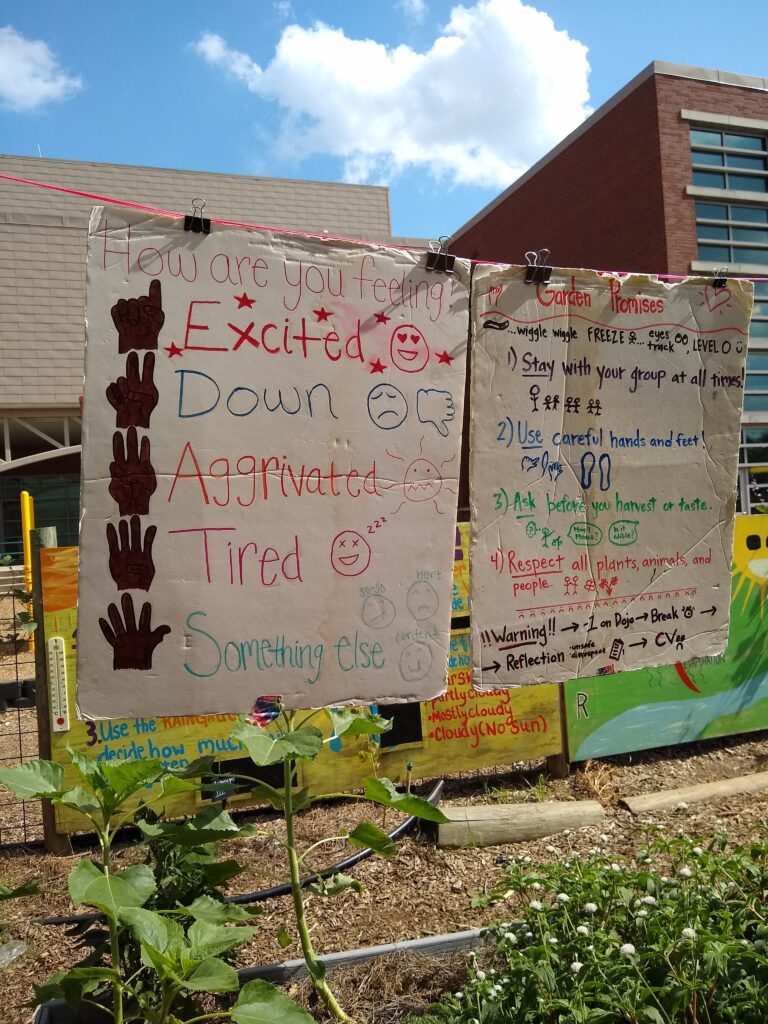Creating a safe and supportive classroom environment benefits ALL students and provides healing spaces for those who have experienced trauma. Trauma can shatter one’s sense of safety and trust so that they no longer feel the world is predictable or that they have any self-agency. Students can not learn (access their thinking brain) if they do not feel safe physically and emotionally. This begs us to continuously consider how do we, as educators, affirm both physical and psychological safety for our students.
Connection with caregivers leads to our internalized working models of safety particularly about what to expect in response to our needs. When our needs are being met predictably we have an increased ability to make sense of the world and solve problems. When students trust us and each other we create a psychologically safe classroom where kids can be themselves, take risks, make mistakes and learn.
In a trauma-informed classroom we use consistency to help build trust with our students and to support student and teacher regulation. Consistent rituals, routines, and procedures allow students to connect with their teacher and other students as well as prepare for each part of the day. Schedules and agendas that are posted and known by students help them know what to expect, aid in smooth transitions and provide reminders for upcoming events. The use of positive praise affirms healthy behavior and strengthens teacher-student relationships. We can also use transitions as tools to teach, practice and strengthen social-emotional skills. Check out the Safe Schools reflection and planning tools below for guidance on integrating trauma-informed routines and rituals into your classroom.
Safe Schools NOLA Trauma-informed Rituals, Routines and Procedures Resources
-
Start, Stop, Continue, Change Tool
-
Trauma-Informed Rituals & Routines
-
Classroom Audit & Planning Tool
Additional Resources
-
Conscious Discipline: Building Resilient Classrooms (Becky Bailey)
-
Responsive Classroom Approach
-
Social Justice Standards (Teaching Tolerance)
-
Teaching Social-Emotional Learning Competencies (CASEL)
-
Trauma-Sensitive Schools (Susan Craig)
-
Culturally Responsive Teaching & The Brain (Zaretta Hammond)

